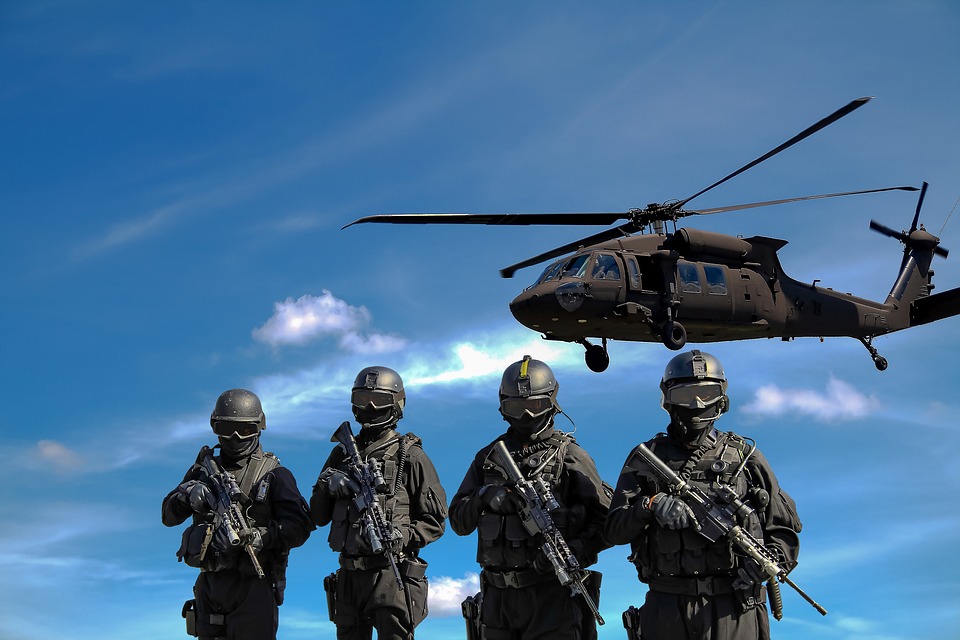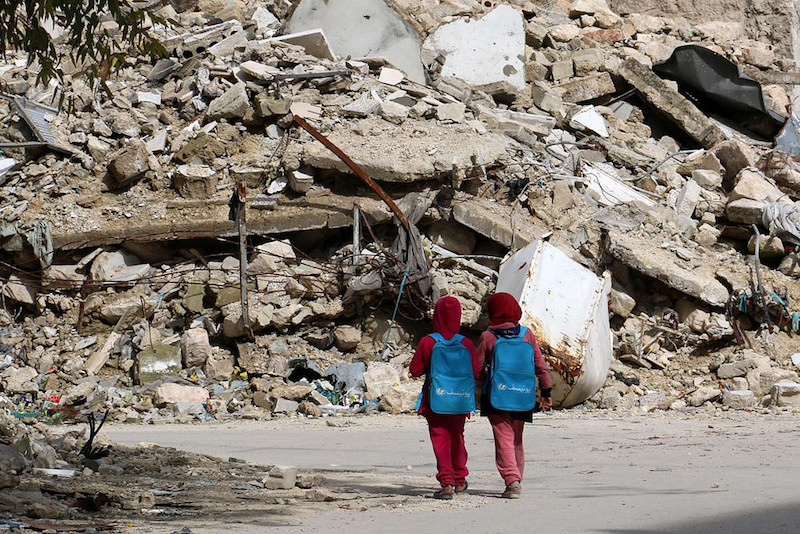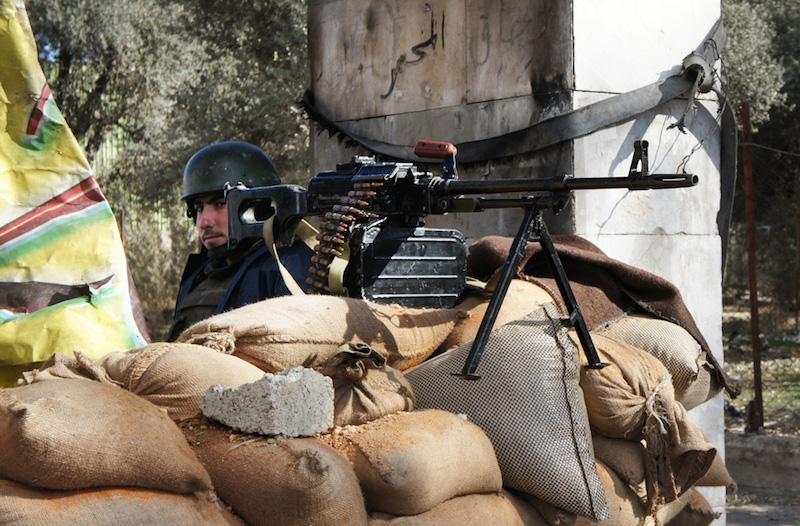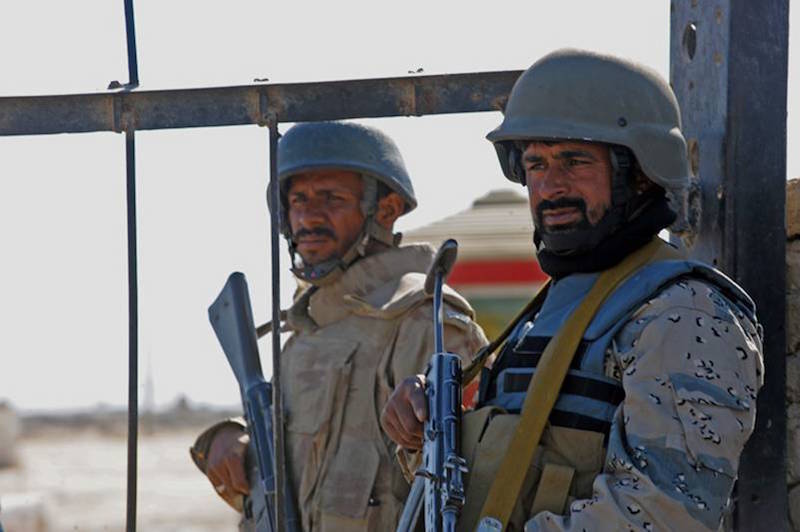Since Russia’s annexation of Crimea in 2014, some have pointed to the Baltics as a possible theater of further confrontation in Europe. Amid an atmosphere of increasing animosity between Moscow and NATO, the security of countries such as Estonia, Lithuania and Latvia has become a measuring stick of sorts for the Alliance’s commitment to protect all of its members and deter Russian aggression. As a result, NATO’s military presence in the region has come under scrutiny, and many experts believe that its Baltic capabilities are insufficient to counter a possible Russian offensive.
To the Baltic States, Moscow’s takeover of Crimea underscored the unpredictable nature of Putin’s regime. The annexation also reminded leaders across Europe that Putin is more than willing to use military force and risk war with NATO to protect Russia’s interests. In 2008, Russia showed that it would go to extreme lengths to preserve its influence among the former states of the Soviet Union when it took military action against the anti-Russian Saakashvili government of Georgia, which sought to improve ties with the West and potentially join NATO. Several years later in 2014, Moscow again used force to counter a popular revolt in favour of closer ties with the European Union, eventually annexing Crimea and thrusting much of Eastern Ukraine into chaos.
In the light of these recent displays of aggression, the Baltic members of NATO naturally feel threatened by Putin’s demonstrated willingness to use military force to bully countries on Russia’s periphery that are politically influenced by the West.
Another reason for concern among the Baltic States is the fact that these nations possess large ethnically Russian populations. During the Ukraine crisis, Moscow took advantage of the separatist desire of some Ukrainian Russians to fuel a civil war in the country’s east, offering substantial military support to pro-Russian rebel forces. While the Baltic states possess far smaller Russian populations than Ukraine, these countries worry that Moscow could use its ability to inflame pro-Russian nationalistic fervor within their borders to sow discontent and produce a pretext for Russian military intervention.
Fear of conflict between the Baltic States and Russia has only increased recently as several events have further exacerbated tensions. In September, 2014, an armed squad of the Russian FSB intelligence service launched a brazen kidnapping of an Estonian intelligence officer, capturing him and quickly transporting him across the border into Russia. Though the spy was eventually returned weeks later in a swap for an imprisoned Russian intelligence operative, the incident greatly damaged the already fraught relationship between Russia and Estonia.
Similarly, relations between the Baltics and Moscow reached another low point in in April, 2014, when Latvia accused Russian intelligence of covertly surveying public opinion among the populace in its eastern regions with the aim of gauging the level of pro-Russian sentiment. If true, this move would be reminiscent of Russia’s purported actions leading up to the annexation of Crimea. More recently, in April, 2016, the heightened tensions between NATO and Russia in the Baltics were demonstrated when two Russian warplanes flew by an American destroyer in the Baltic sea at very close proximity, an action that a U.S. official called “one of the most aggressive acts in recent memory.”
A potential Russian assault on the Baltics would likely be launched in an effort to weaken NATO’s influence along its border and to demonstrate NATO’s inability to protect the weaker members of its alliance. Vladimir Putin’s rhetoric has clearly displayed a strong distrust and hostility toward NATO, and he has expressed his view that the organization’s presence in areas that have traditionally been within Moscow’s sphere of influence represents a clear and present danger to his nation’s security. Therefore, for Putin, such an attack on the Baltics would be designed to damage the credibility of the Alliance’s umbrella of protection, reduce NATO’s support and diminish the threat he believes it poses to Russia.
To achieve this, Moscow’s approach would likely employ tactics similar to those used in Ukraine, but a subtler strategy rather than engaging in an overt military invasion. One possible scenario would involve an initial press campaign covertly initiated by the Russians portraying Baltic governments as undemocratic regimes that violate human rights; an effort intended to shift global public opinion against these states. Moscow would then use its intelligence apparatus to destabilize these countries by inciting riots and encouraging ethnic Russians to protest against their governments.
Following an opening salvo of cyber attacks designed to cripple military and administrative infrastructure, the Russian military could quickly invade and occupy border provinces with large Russian populations. Such an incursion would be portrayed as a means of restoring order and preserving the rights of ethnic Russians. New, supposedly more democratic governments could be established in these occupied territories, regimes in fact installed and supported by Moscow rather than created by the will of the populace.
In the upcoming second part of my analysis, I will discuss NATO’s readiness to respond to a Russian offensive in the Baltics.
Photo courtesy of Pixabay. Public Domain.
Disclaimer: Any views or opinions expressed in articles are solely those of the authors and do not necessarily represent the views of the NATO Association of Canada.




